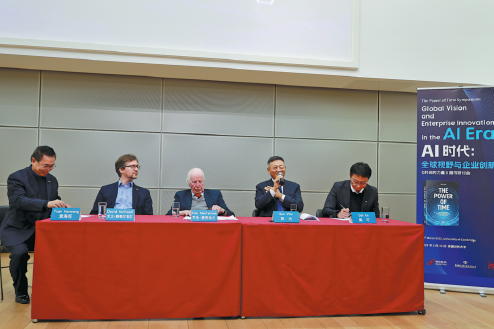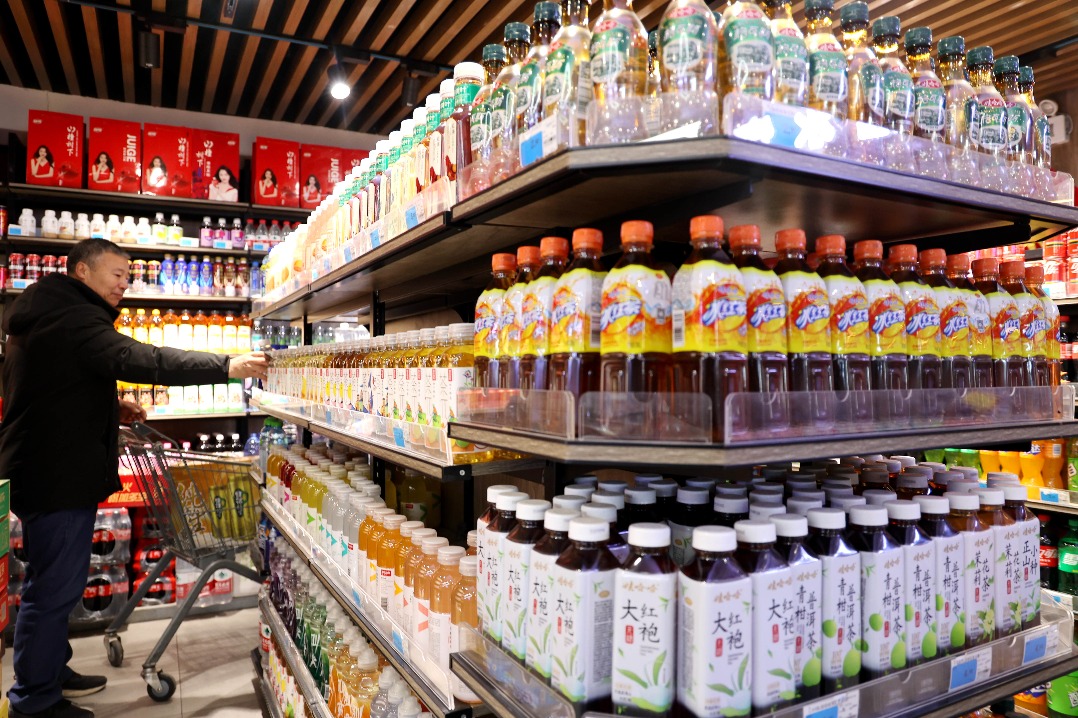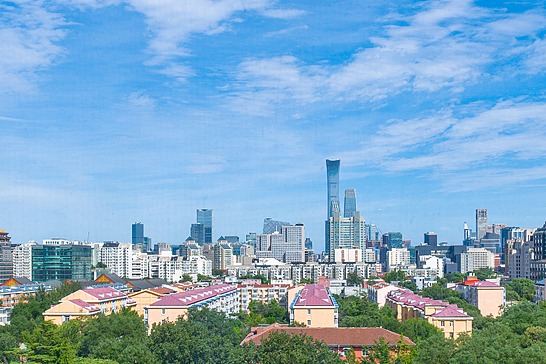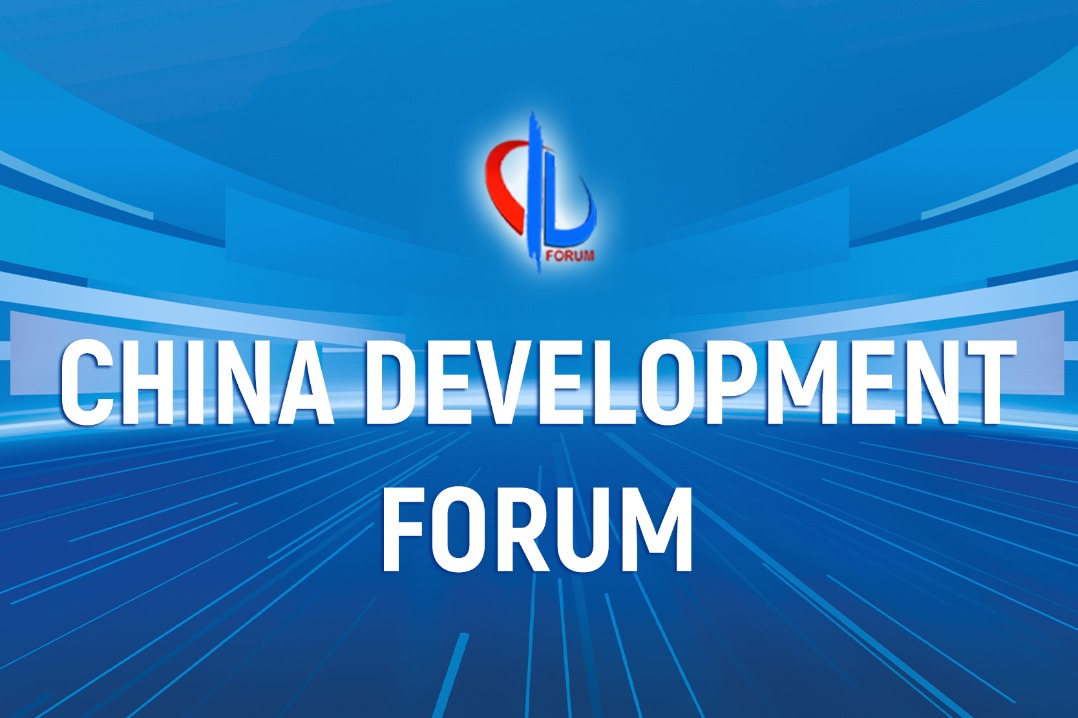Factory activity registers modest growth in March
Economy:?PMI expansion attributable to AI-led emerging sectors, policies

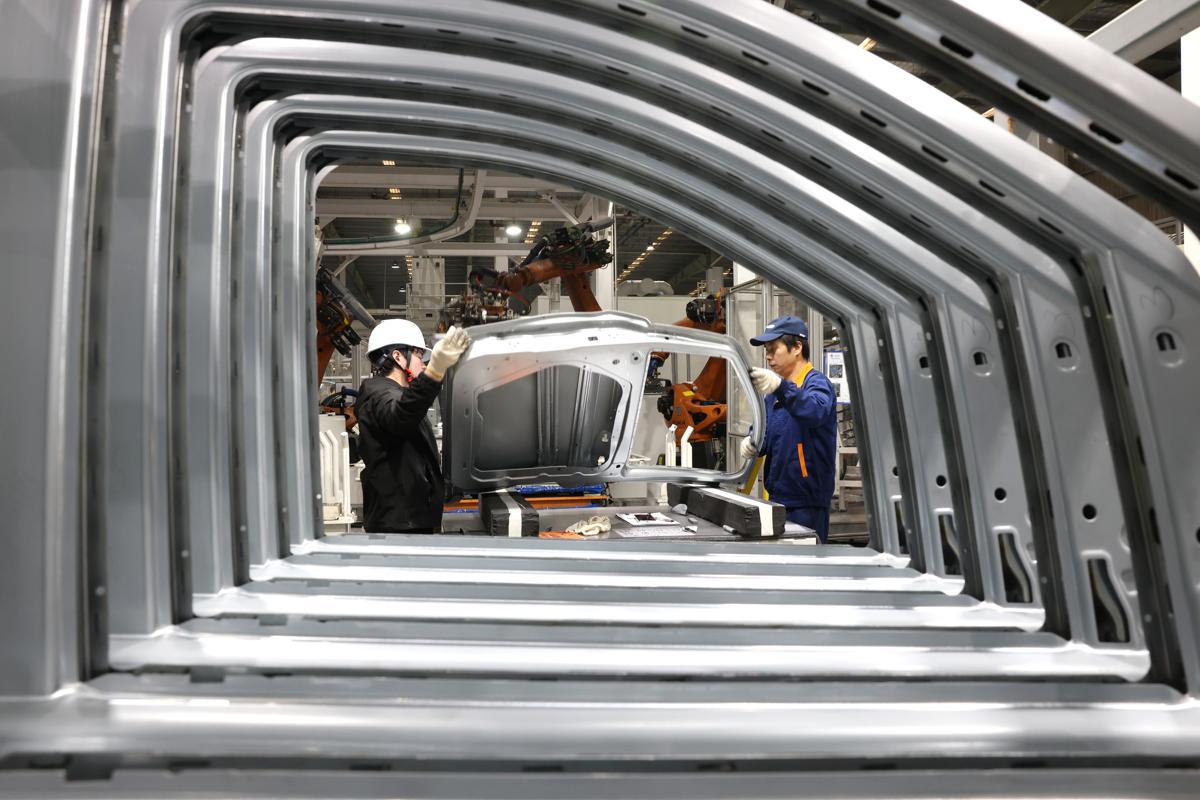
China's factory activity expanded modestly for a second straight month in March, adding to a string of recent indicators pointing to a stabilizing economy amid improved sentiment in the manufacturing sector.
Data from the National Bureau of Statistics showed on Monday that China's official purchasing managers index for the manufacturing sector rose from 50.2 in February to 50.5 in March, its highest level in a year, staying above the 50 mark that separates expansion from contraction.
Analysts said the mood in China's manufacturing sector has improved, with both demand and supply picking up, buoyed by the optimism following the recently concluded two sessions, the annual meetings of the nation's top legislative and political advisory bodies.
They added that policymakers' push for consumption- and innovation-driven growth could help cushion the impact of the United States tariff hikes, sustain growth momentum and support long-term economic restructuring.
Wang Qing, chief macroeconomic analyst at Golden Credit Rating International, attributed the expansion in manufacturing PMI to the full resumption of work and production after the Spring Festival holiday, the improved prosperity level of strategic emerging sectors with the rise of artificial intelligence model DeepSeek, continuous stimulus measures aimed at spurring consumption and investment, and boosted market sentiment following positive signals from the two sessions.
"The latest figures reflect both seasonal recovery and the effectiveness of pro-growth policies. These indicate that the economy maintained a relatively strong momentum in the first quarter, with GDP growth expected to reach around 5 to 5.2 percent year-on-year," he said.
Considering the impact of US tariff hikes and the ongoing correction in the real estate market, Wang said he expects policymakers to step up countercyclical adjustments of macroeconomic policies. "We anticipate that the window to reduce interest rates and the reserve requirement ratio will reopen in the second quarter," he added.
The NBS data showed that China's nonmanufacturing PMI, which includes subindexes for activity in the services and construction sectors, increased to 50.8 in March from 50.4 in February. Meanwhile, the country's official composite PMI, which covers both manufacturing and nonmanufacturing activities, rose to 51.4 in March from 51.1 in February.
Fitch Ratings said in its latest report that it expects a rotation in the pattern of China's growth this year, with domestic demand becoming the predominant growth driver.
"The impact of US trade policy on China — both direct and indirect through slower global growth — will be partly offset by looser fiscal and monetary policy, and exchange-rate depreciation," the report said. "Moreover, there are signs of some stabilization in the property market, meaning that the real estate sector may become less of a drag on whole-economy investment."
This year's Government Work Report pledged a "more proactive fiscal policy", a shift from the previous stance of adopting a "proactive fiscal policy", setting the annual projected fiscal deficit-to-GDP ratio at around 4 percent, up from 3 percent last year and the highest since the record started in 2010.
Ben Simpfendorfer, a partner at consultancy Oliver Wyman, said that China's strong fiscal stimulus will provide support for the economy by offsetting headwinds.
"The annual growth target of around 5 percent seems a quite reasonable — and certainly practical — target over the course of the year. That growth remains realistic," he said.
Growth miracle
Citing China's sharpened focus on stronger consumption and innovation-led growth, Simpfendorfer emphasized that the country is betting not just on short-term growth, but also on long-term restructuring.
"China's growth miracle is unique in many ways. It has relied on three key factors — a vast market to scale products, a vast manufacturing sector to integrate those products and a State-led direction to mobilize resources," he said, adding that this helps explain why the country has been so successful over the past few decades and why it has "such a promising future".
Marc Horn, executive vice-president of Merck and president of Merck China, expressed strong optimism about the prospects of the world's second-largest economy. "The two sessions showed very strong confidence in a stable, resilient economy, focusing again on continuous innovation," he said.
China is Merck's second-largest market and an important source of innovation, he noted.
"We are very confident in staying the course and remaining committed to our investments. Over the past 10 years, we have already spent 7 billion yuan ($965 million) here in China across various businesses such as electronics, healthcare and life sciences," he added.

























